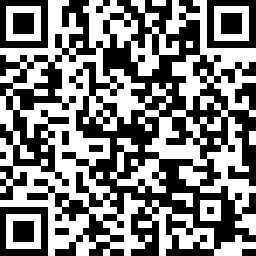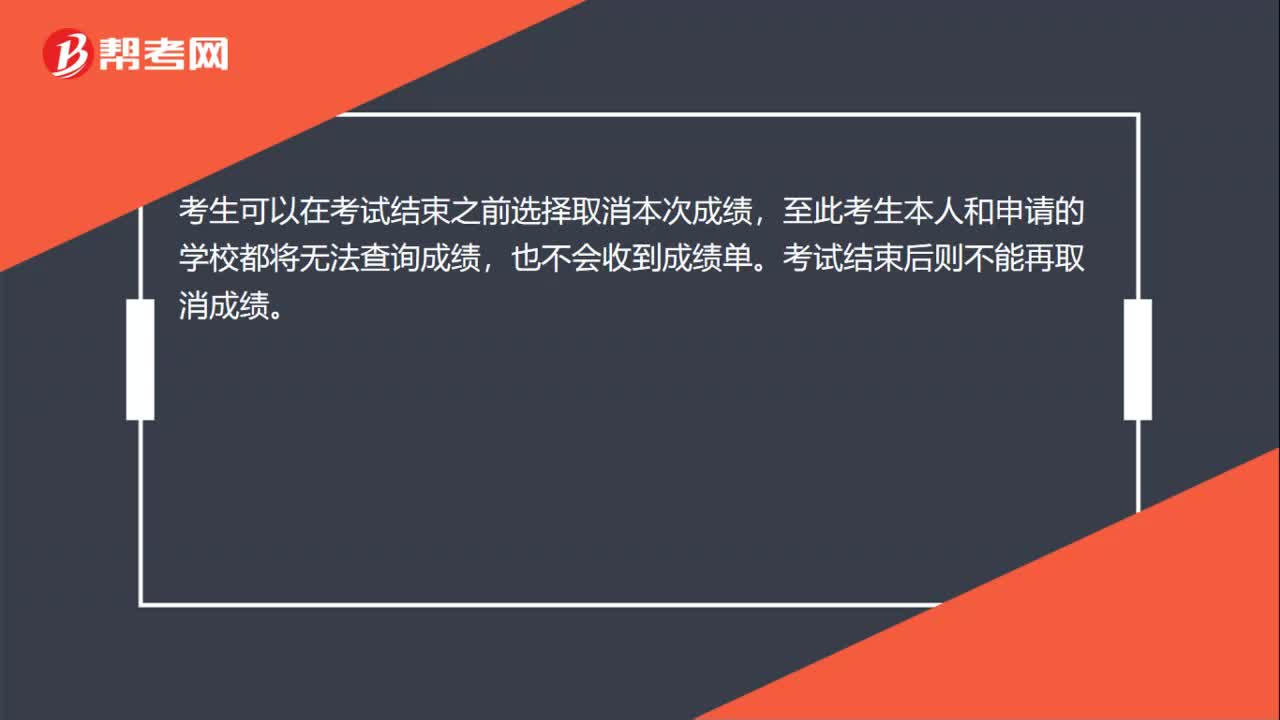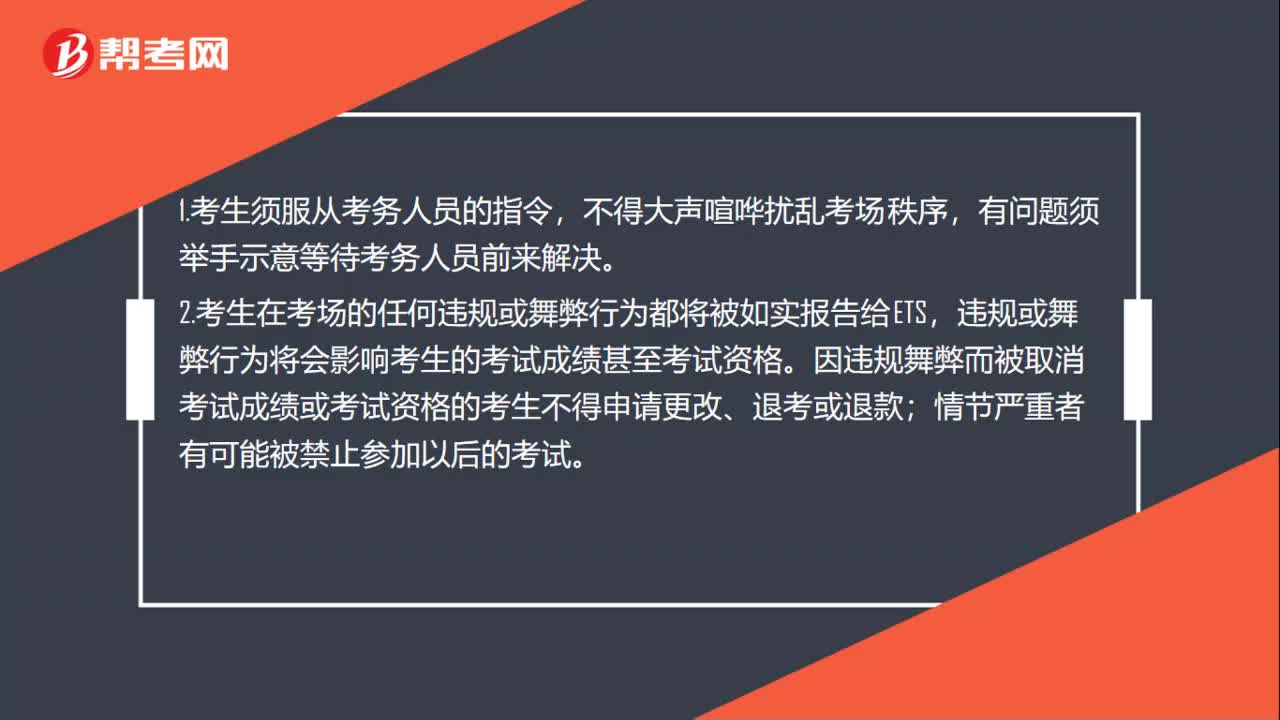
下载亿题库APP
联系电话:400-660-1360

下载亿题库APP
联系电话:400-660-1360

请谨慎保管和记忆你的密码,以免泄露和丢失

请谨慎保管和记忆你的密码,以免泄露和丢失

为了帮助大家更好的备考托福考试,帮考网在这里为大家准备了一些托福考试的习题,供大家练习。希望能够对大家有所帮助。
By the mid-nineteenth century, the term "icebox" had entered the American language, but ice was still only beginning to affect the diet of ordinary citizens in the United States. The ice trade grew with the growth of cities. Ice was used in hotels, taverns, and hospitals, and by some forward-looking city dealers in fresh meat, fresh fish, and butter. After the Civil War (1861-1865),as ice was used to refrigerate freight cars, it also came into household use. Even before 1880, half the ice sold in New York, Philadelphia, and Baltimore, and one-third of that sold in Boston and Chicago, went to families for their own use. This had become possible because a new household convenience, the icebox, a precursor of the modern refrigerator, had been invented.
Making an efficient icebox was not as easy as we might now suppose. In the early nineteenth century, the knowledge of the physics of heat, which was essential to a science of refrigeration, was rudimentary. The commonsense notion that the best icebox was one that prevented the ice from melting was of course mistaken, for it was the melting of the ice that performed the cooling. Nevertheless, early efforts to economize ice included wrapping the ice in blankets, which kept the ice from doing its job. Not until near the end of the nineteenth century did inventors achieve the delicate balance of insulation and circulation needed for an efficient icebox.
But as early as 1803, an ingenious Maryland farmer, Thomas Moore, had been on the right track. He owned a farm about twenty miles outside the city of Washington, for which the village of Georgetownwas the market center. When he used an icebox of his own design to transport his butter to market, he found that customers would pass up the rapidly melting stuff in the tubs of his competitors to pay a premium price for his butter, still fresh and hard in neat, one-pound bricks.One advantage of his icebox, Moore explained, was that farmers would no longer have to travel to market at night in order to keep their produce cool.
1. What does the passage mainly discuss?
(A) The influence of ice on the diet
(B) The development of refrigeration
(C) The transportation of goods to market
(D) Sources of ice in the nineteenth century
2. According to the passage , when did the word "icebox" become part of the language of the
United States?
(A) in 1803
(B) sometime before 1850
(C) during the civil war
(D) near the end of the nineteenth century
3. The phrase "forward-looking" in line 4 is closest in meaning to
(A) progressive
(B) popular
(C) thrifty
(D) well-established
4. The author mentions fish in line 4 because
(A) many fish dealers also sold ice
(B) fish was shipped in refrigerated freight cars
(C) fish dealers were among the early commercial users of ice
(D) fish was not part of the ordinary person`s diet before the invention of the icebox
5. The word "it" in line 5 refers to
(A) fresh meat
(B) the Civil War
(C) ice
(D) a refrigerator
6. According to the passage , which of the following was an obstacle to the development of the
icebox?
(A) Competition among the owners of refrigerated freight cars
(B) The lack of a network for the distribution of ice
(C) The use of insufficient insulation
(D) Inadequate understanding of physics
7. The word "rudimentary" in line 12 is closest in meaning to
(A) growing
(B) undeveloped
(C) necessary
(D) uninteresting
8. According to the information in the second paragraph, an ideal icebox would
(A) completely prevent ice from melting
(B) stop air from circulating
(C) allow ice to melt slowly
(D) use blankets to conserve ice
9. The author describes Thomas Moore as having been "on the right track" (lines 18-19) to
indicate that
(A) the road to the market passed close to Moore`s farm
(B) Moore was an honest merchant
(C) Moore was a prosperous farmer
(D) Moore`s design was fairly successful
10. According to the passage , Moore`s icebox allowed him to
(A) charge more for his butter
(B) travel to market at night
(C) manufacture butter more quickly
(D) produce ice all year round
11. The "produce" mentioned in line 25 could include
(A) iceboxes
(B) butter
(C) ice
(D) markets
参考答案: BBACC DBCDA B
好了,本次帮考网和大家分享的练习就到这里了,关注帮考网,还有更多有关托福考试的习题等你来练习哦!最后,帮考网祝各位考生考试顺利通过,取得好成绩!
 22
22托福考试中能否取消考试成绩?:托福考试中能否取消考试成绩?考生可以在考试结束之前选择取消本次成绩,至此考生本人和申请的学校都将无法查询成绩,也不会收到成绩单。考试结束后则不能再取消成绩。
 32
32托福考试如何计分?:托福考试如何计分?托福考试的四个环节,分数由电脑自动生成和人工评分(经过专业培训的权威人士)两部分组成,确保分数的公平及准确性。只有托福考试采用这种多人评分机制,通过不记名方式,由多名接受过严格培训的考官予以评分,过程经过质量监控,达到高标准的公平性与客观性。
 43
43托福考试的考场规则是什么?:托福考试的考场规则是什么?1.考生须服从考务人员的指令,不得大声喧哗扰乱考场秩序,有问题须举手示意等待考务人员前来解决。2.考生在考场的任何违规或舞弊行为都将被如实报告给ETS,违规或舞弊行为将会影响考生的考试成绩甚至考试资格。因违规舞弊而被取消考试成绩或考试资格的考生不得申请更改、退考或退款;情节严重者有可能被禁止参加以后的考试。